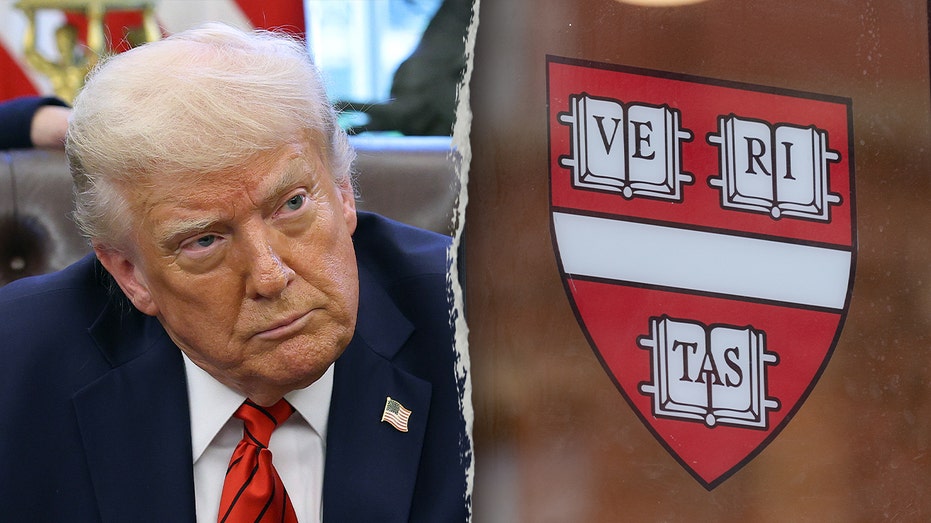Harvard Faces Uncertain Future in Ongoing Legal Battles Against Trump Administration
Federal judge halts Trump administration's attempt to revoke Harvard's visa program, safeguarding international students amid mounting legal disputes.

A federal judge in Massachusetts has issued a temporary restraining order halting the Trump administration's efforts to ban international students from Harvard University's campus. The decision, handed down by U.S. District Judge Allison D. Burroughs, comes in response to Harvard's emergency request and asserts that the university would likely endure "immediate and irreparable harm" if the administration’s policy were enforced.
The order specifically blocks federal officials from revoking Harvard's certification under the Student and Exchange Visitor Program (SEVP), a crucial designation allowing the university to sponsor international students for U.S. visas. SEVP is overseen by the Department of Homeland Security, and the threat of losing this status placed thousands of Harvard's international students at risk of losing their legal standing in the United States.
In her ruling, Judge Burroughs noted that Harvard has shown compelling evidence it could face significant damage if the SEVP status were revoked before a comprehensive hearing could occur. "Harvard will suffer immediate and irreparable injury before there is an opportunity to hear from all parties," Burroughs wrote, granting a stay on the administration’s actions at least temporarily.
This court decision offers only a brief reprieve, signaling the start of what is expected to be a prolonged and highly charged legal battle between the country’s oldest university and the Trump administration. Critics argue that these efforts form part of a broader pattern of scrutiny and restriction directed at both international students and institutions like Harvard.
Since entering office, the Trump administration has taken a series of steps affecting Harvard’s operations and finances—freezing over $2 billion in grants and contracts and launching investigations through multiple federal agencies. These measures have created ongoing uncertainty on campus and raised concerns among students and faculty alike.
Legal experts warn that this temporary restraining order is only a stopgap. The administration is expected to appeal the case to higher courts, which may view the matter differently. Should Harvard ultimately lose its SEVP certification—a status held for nearly 70 years—thousands of international students could be forced to transfer or leave the country within a matter of months.
The effects of these policies are already being felt beyond the courtroom. Some current students are weighing whether to transfer to universities perceived as less likely to draw federal scrutiny. According to experts, the resulting atmosphere of fear and unpredictability is producing a significant chilling effect on prospective international applicants who may reconsider pursuing their education at Harvard.
Even if Harvard prevails in court, some observers believe the administration may have partially achieved its goals by deterring international enrollment and creating institutional anxiety. Potential financial impacts remain a concern, though experts say Harvard’s robust resources and need-blind admissions policy help shield it from immediate fiscal harm. The university can admit qualified domestic students to replace international ones without substantial loss of tuition revenue.
Despite the mounting tension, academic leaders emphasize that Harvard is not without defenses. As a wealthy private institution, it boasts significant endowments and budget flexibility, enabling it to withstand near-term government challenges and policy shifts. Still, the prevailing sense is one of frustration; uncertainty undermines recruiting, campus diversity, and Harvard’s global reputation.
While the legal fight is far from over, the ruling marks a critical early victory for Harvard—and a sign of the ongoing struggle between elite universities and federal immigration policies. As proceedings continue, students, faculty, and administrators are left grappling with the lasting consequences for international education in the United States.




